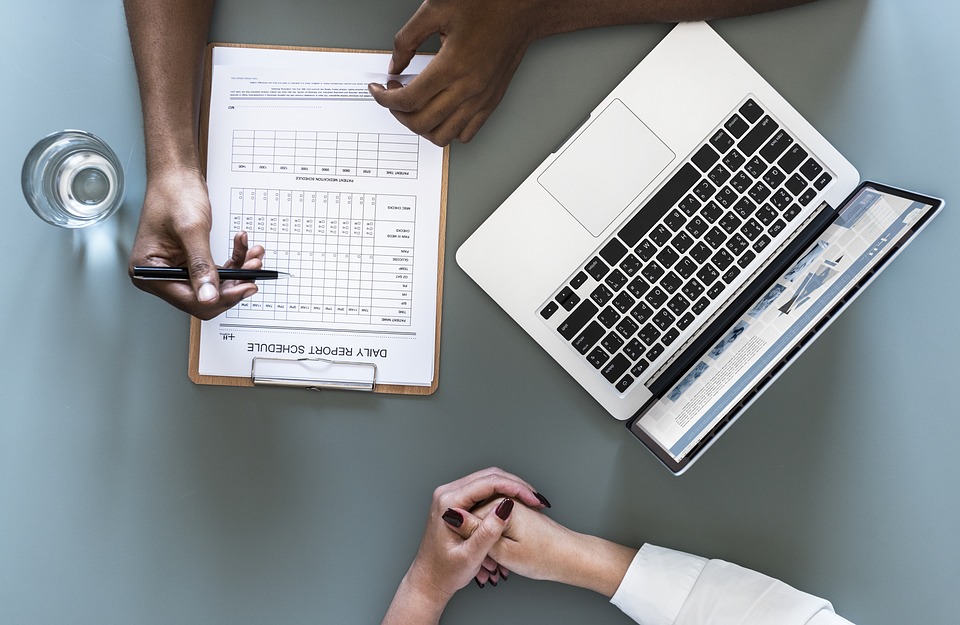Most excess charges are between £75 or £100. Sometimes they can be higher or even lower but often they are £75 or £100.
Invoice for excess
This in itself is not a problem. It’s just as easy to send an EXCESS INVOICE out for £75 as it is for £100. The problem arises though when the patient either pays by BACS or sends a cheque in.
It’s not unusual at all to see the same values on the client’s bank account statement with no details against them.
Thus when you come to do a bank reconciliation how do you know who has paid what?
Quote a Reference
The simple answer is when you raise an invoice for an excess charge make sure you ask the patient to quote a reference.
The reference must be unique as it always should be for an ordinary invoice anyway. Then you will be able to identify who has paid.
But do patients really pay without quoting the details? Don’t they always put the invoice number with their BACS payment?
Reality check – no they sometimes don’t.
If you don’t ask them to in any event you are fairly certain to end up with un-identified payments on the practice bank statement. And that is bad news!
No Reference Quoted
Its bad news because it leads to excess invoices being paid and not being recorded as such. Many times MHM has been called in to chase old debt i.e. debt over a year old and in doing so receives numerous phone calls and emails from patients who claim to have already paid. Indeed they have.
So the reality of the situation is for the client to believe they are owed thousands of pounds from say 2 years ago when they are not. All this can be easily averted if when a payment is made for excess it is correctly recorded on the ledger. If the payment cannot be identified it should be shown as such on the ledger also.
It is very easy to do this.
pete@medicalhealthcaremanagement.co.uk

